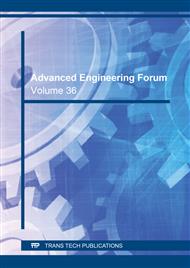p.13
p.23
p.28
p.47
p.59
p.76
p.97
p.114
p.126
Material Engineering and Design of a Relativistic Engine: How to Avoid Radiation Losses
Abstract:
In a previous paper [1] we have shown that Newton’s third law cannot strictly hold in a distributed system of which the different parts are at a finite distance from each other. This is due to the finite speed of signal propagation which cannot exceed the speed of light at vacuum, causing the total force in the system to not add up to zero. This was demonstrated in a specific example of two current loops with time dependent currents in at least one of the loops [1], or in one-time dependent loop current and a permanent magnet assembly [2, 3]. A relativistic engine was thus suggested. Since the system is affected by a total force for a finite period of time this means that the system acquires mechanical momentum and energy, the question then arises how to accommodate the law of momentum and energy conservation. The subject of momentum conversation was discussed in [4], while a preliminary discussion of the subject of electric energy conservation is given in [5, 6]. Here we discuss some of the radiation losses associated with the engine and their implications on the energy balance.
Info:
Periodical:
Pages:
126-131
Citation:
Online since:
June 2020
Authors:
Keywords:
Price:
Сopyright:
© 2020 Trans Tech Publications Ltd. All Rights Reserved
Share:
Citation:


